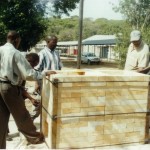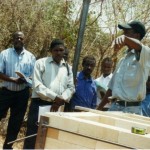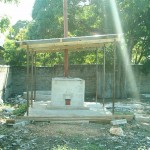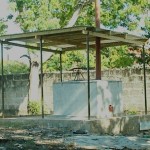Medical Waste Incinerators
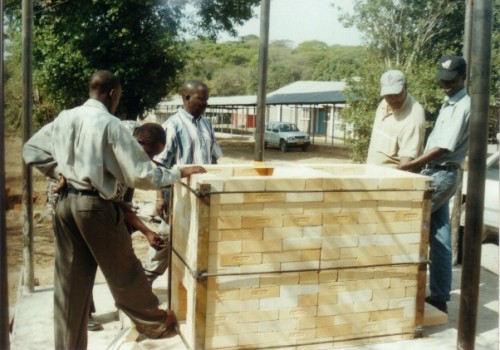
Design and construction of medical waste incinerators
EEPCO designed and constructed medical waste incinerators (De-mont Forty Mark III) for several institutions, namely Handeni District Hospital, TOHS, Sekutoure Mwanza, Magu and the Tanzania Food and Nutrition Institution. Moreover, EEPCO was appointed as quality check supervisor for all new built low-cost incinerators in Tanzania by the Ministry of Health.
The De-mont Forty incinerator enables hospitals, health care providers and similar institutions to significantly reduce pollution by minimizing the generation of waste and separating reusable and recyclable materials.
The incinerator is built on site with locally available materials (refractory bricks, refractory mortar, mild steel door, frame, grates and stack and standard building bricks). It has a secondary combustion chamber to reduce harmful emissions. When residual combustible gases reach the secondary combustion chamber they meet a further supply of air and undergo secondary combustion, raising the temperature even higher, and reducing the gases to stable compounds such as carbon dioxide. The incinerator is loaded at start-up and may then be re-loaded from time to time while in operation.
The incinerator operates with natural draught, requires fuel to start and takes time to reach operating temperature from cold. It is therefore best operated for long periods, not less than four hours at a time. It is not suitable for operation in a closed room. Smoke will be emitted whenever the loading door is opened. A roof may be fitted to protect the operator from rain, but only minimum walls. The walls of the incinerator never become dangerously hot to touch, even during operation, because of the double walls and sand infill between the walls.
Time: May 2005 – May 2006
Location: Handeni, Mwanza and Magu, Tanzania
Project funding: Ministry of Health, World Health Organization (WHO)
More information: Download project fact sheet

